Soft & Flexible
Tracoe Silcosoft

A child’s trachea is narrow, soft, highly sensitive, and at risk of damage from tracheostomy tube manipulation and pressure. Careful selection of tube type and size is crucial to maximize airflow and maintain a patent airway while minimizing potential damage to the trachea. Tracoe Silcosoft is a flexible, kink-resistant, yet soft tube which is gentle on the tracheal mucosa and the stoma and offers many additional advantages.
The Tracoe Silcosoft tracheostomy tube is a soft, flexible silicone tube with spiral reinforcement developed especially for neonates, infants, and children. They are offered in both a water-filled cuff and cuffless option and with or without proximal extension.

1. Slightly curved neck flange with specially reinforced eyelets
2. Spiral reinforced tube, radiopaque (allows to check position)
3. When deflated, the cuff is close to the cannula
The dimensions of the tracheostomy tube, particularly the length and diameter, should change in accordance with growth and development of the child.1,2 Even slight millimeter changes can impact the positioning and placement of the tracheostomy tube, including the distance from the carina; therefore, non-standard, variant length tube options are very important to have available.
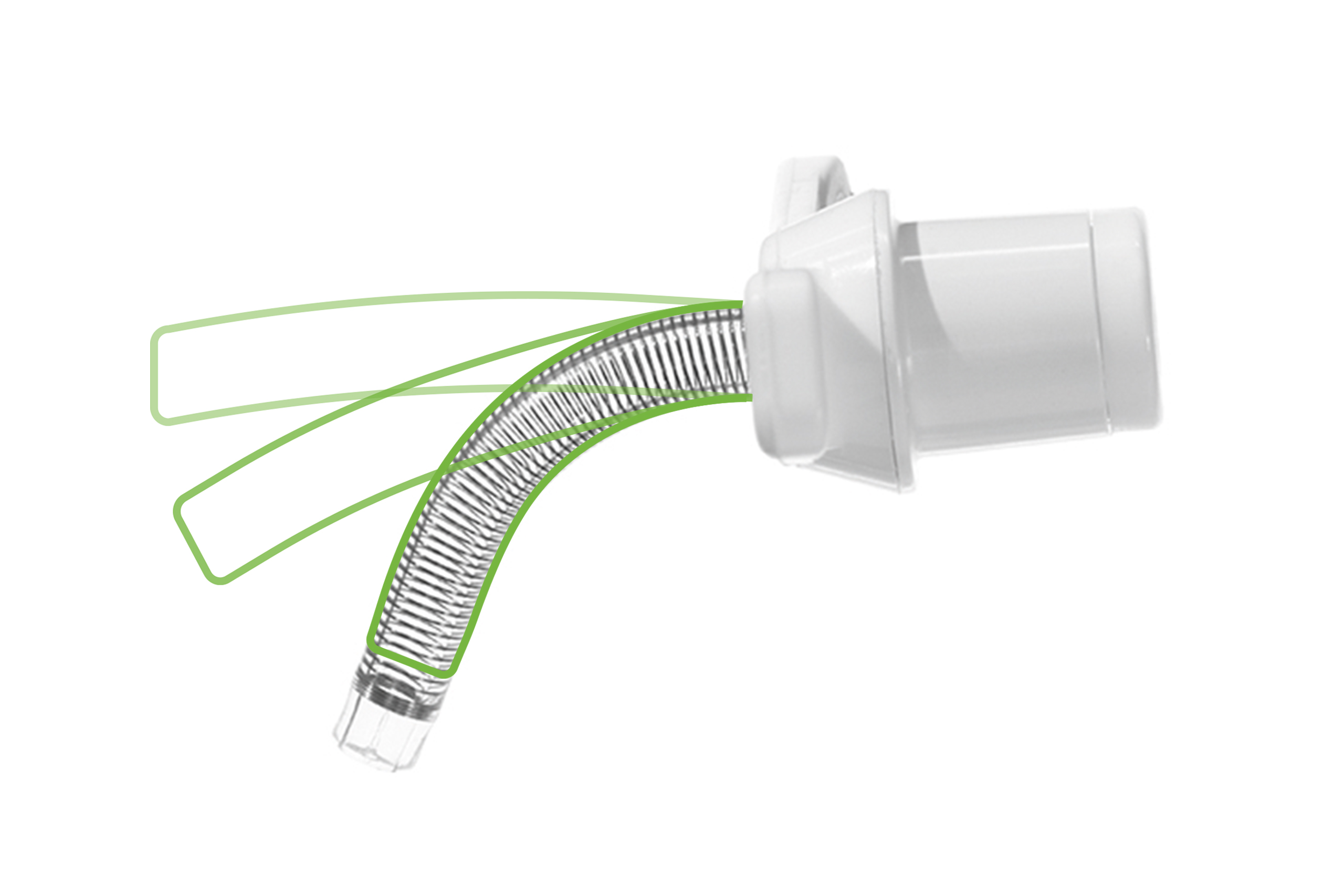
Spiral Reinforced
Silcosoft tubes feature a nitinol spiral reinforcement within the tube wall, making them MRI conditional. The tight spiral design maintains shape integrity and terminates before the tube end, ensuring a soft tip.
Tracoe Water-Filled (H2O) Cuff
The cuff should be filled with sterile water.3 The cuff inflation line is integrated into the material of the tube wall. When inflated, the cuff provides a seal to optimize ventilation and offers a degree of protection against foreign material (secretions, liquid, emesis) entering the lower airway.4 When deflated, it is close to the cannula.
Silcosoft cuff management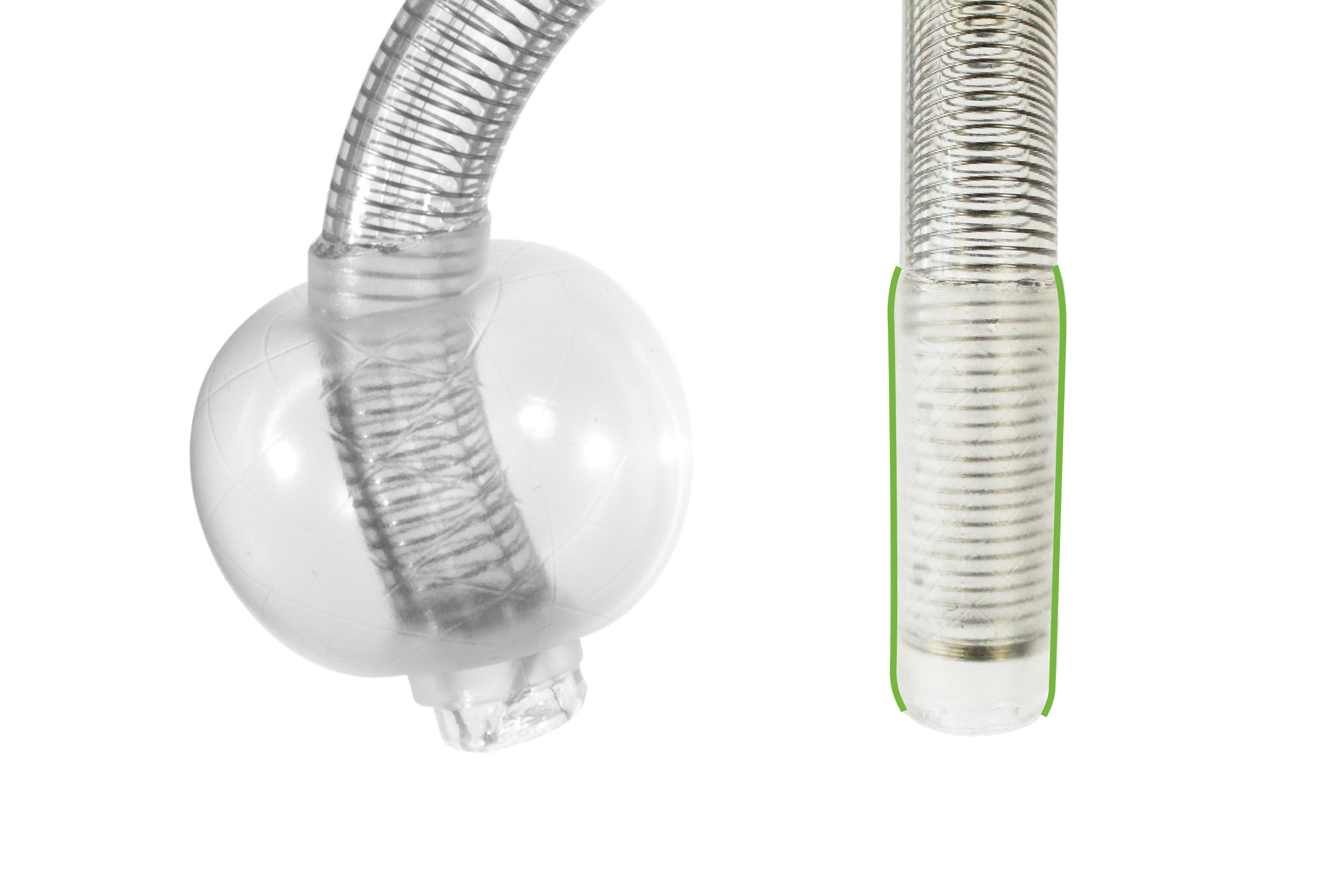
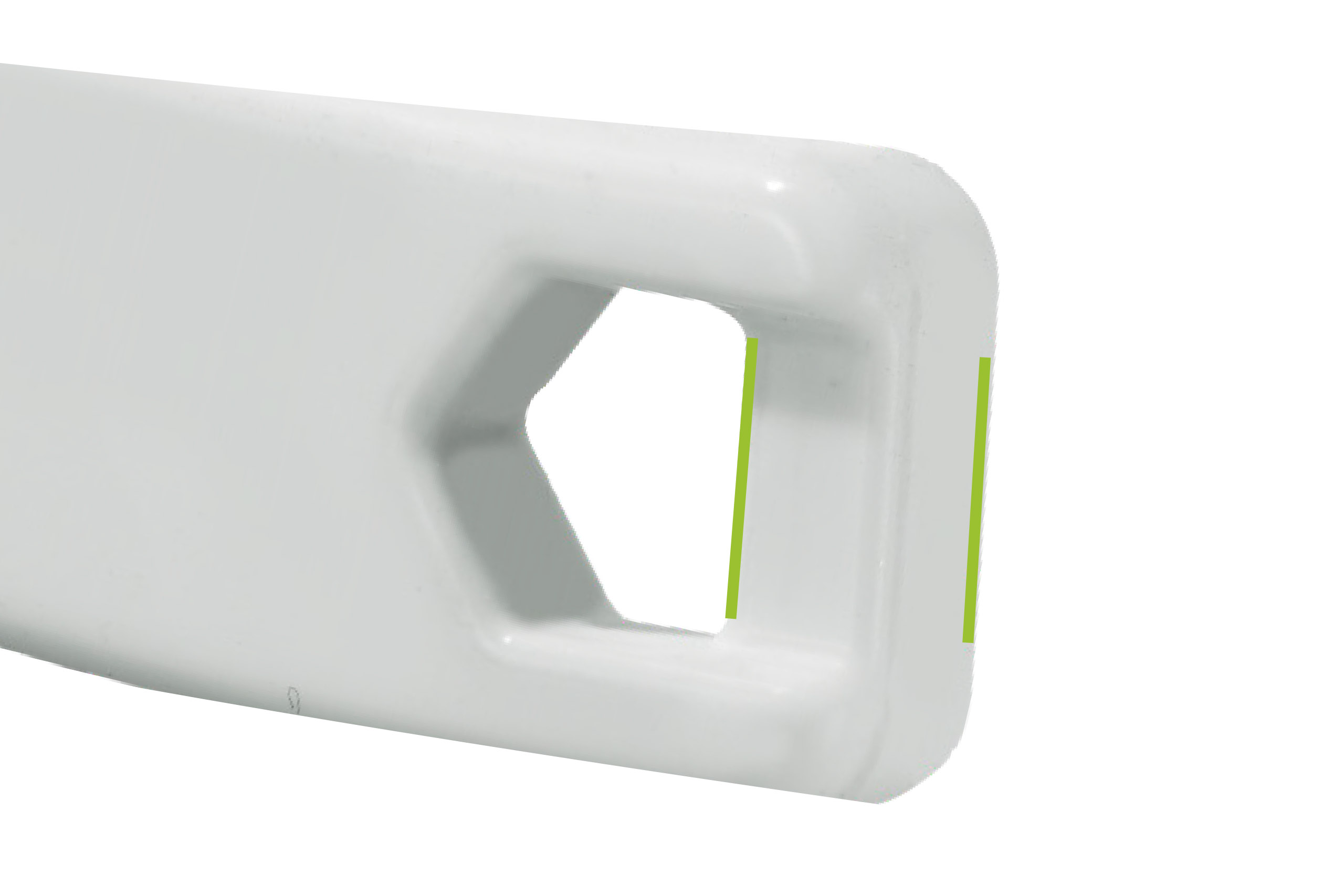
Specially Reinforced Eyelets
Tracoe Silcosoft features a slightly curved neck flange with reinforced eyelets designed for use with hook-and-loop fastener neckbands. The underside of the eyelets are recessed to allow ease of neckband placement.
Length Variants
As a child grows and develops, the dimensions of their tracheostomy tube, such as length and diameter, should adapt. This is why variant lengths are available.
silcosoft size reference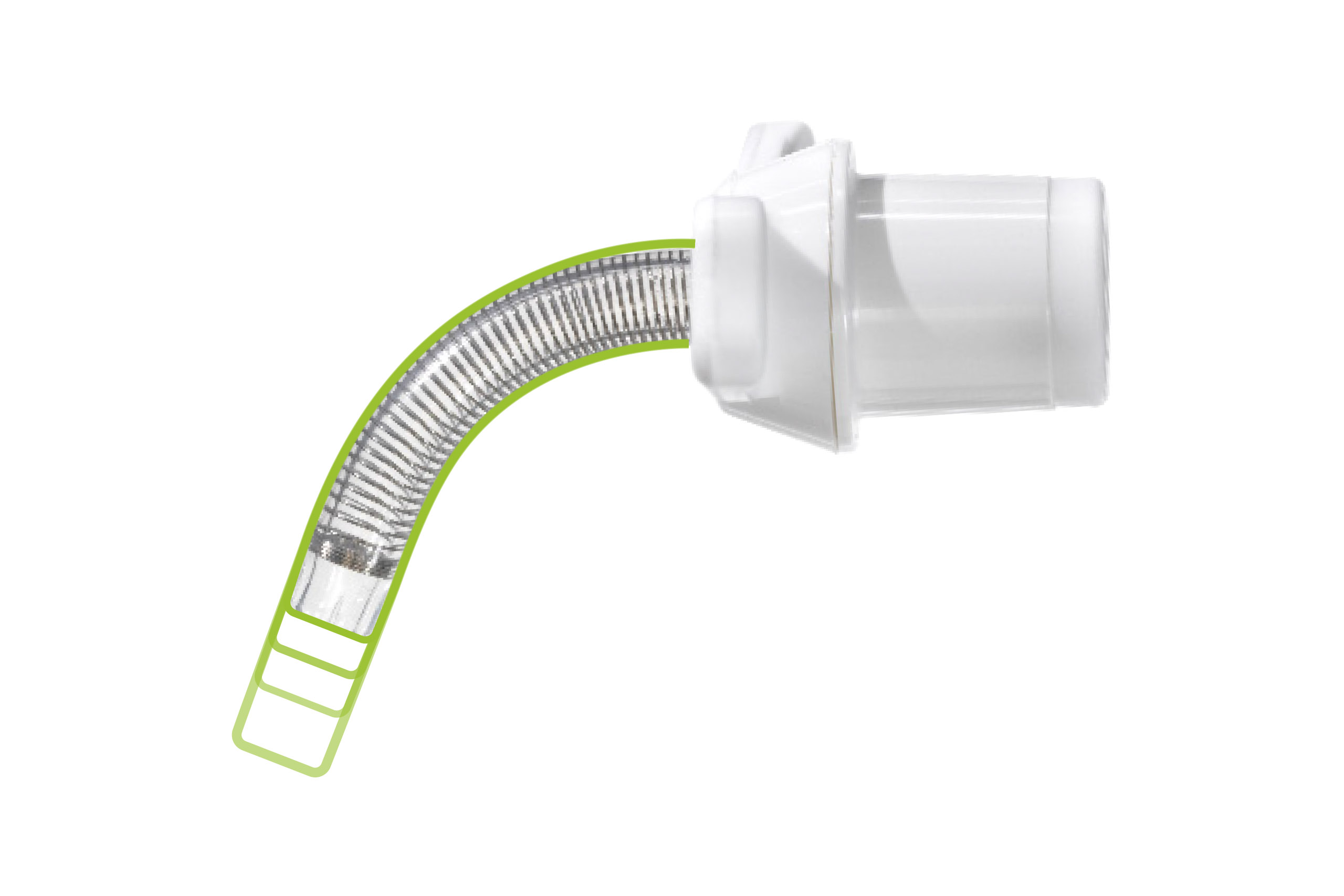
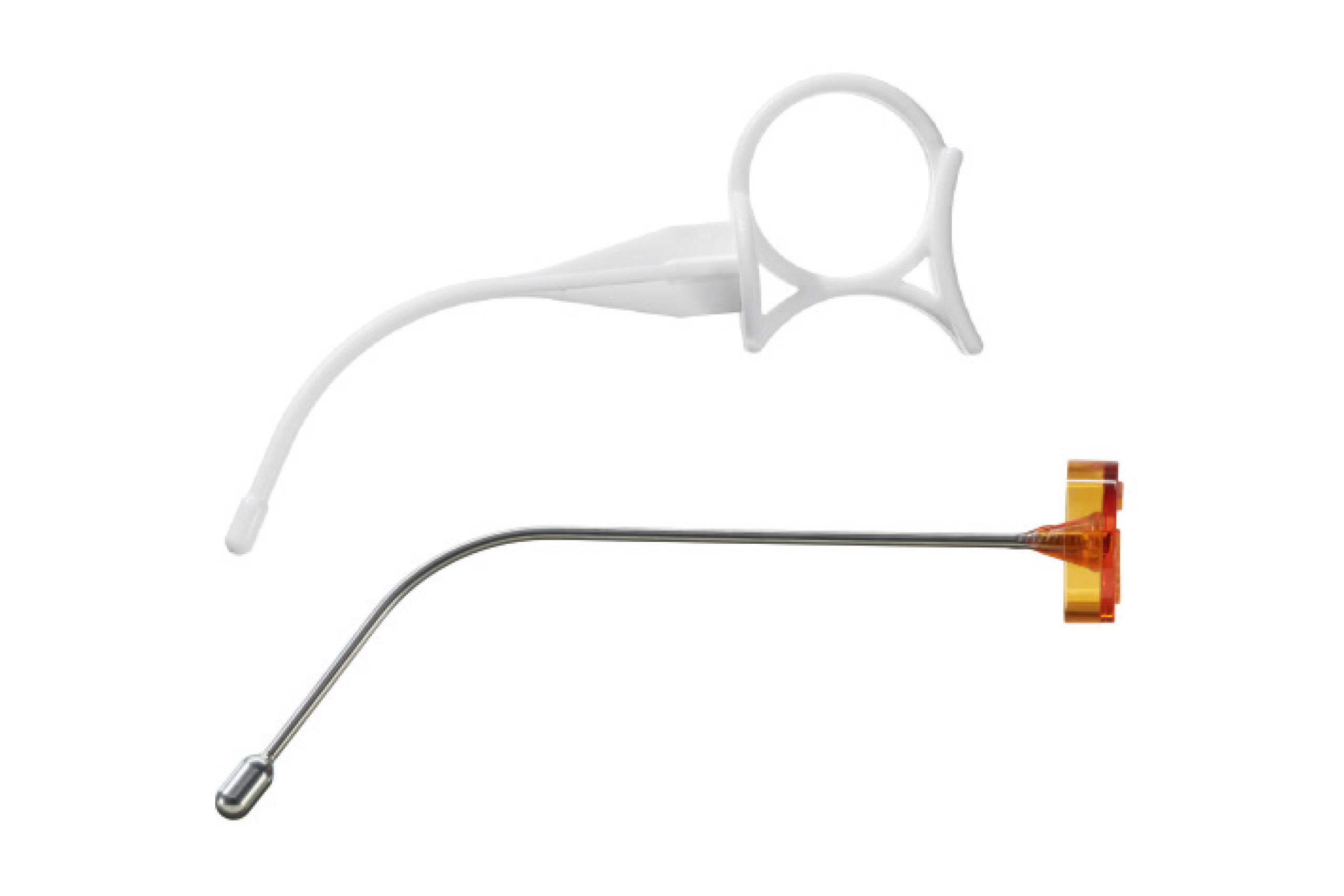
Obturators
Standard length Tracoe Silcosoft tubes feature a ring-shaped obturator for intuitive tube insertion, particularly helpful for smaller tube sizes. Proximally longer tubes and variant lengths are equipped with a metal obturator, easily identifiable by the orange cap with clear orientation marking.
Color Coding
Standard length Tracoe Silcosoft tubes feature a ring-shaped obturator for intuitive tube insertion, particularly helpful for smaller tube sizes. Proximally longer tubes and variant lengths are equipped with a metal obturator, easily identifiable by the orange cap with clear orientation marking.

References
1 Watters K. Tracheostomy in infants and children. Pediatric tracheostomy. Respiratory Care. 2017; Vol. 62(6):803.
2 Okonkwo I, Cochrane L, Fernandez E. Perioperative management of a child with a tracheostomy. BJA education. 2020; 20(1):18.
3 Volsko TA, Parker SW, Deakins K, Walsh BK, Fedor KL, Valika T, et al. AARC Clinical Practice Guideline: management of pediatric patients with tracheostomy in the acute care setting. Respiratory care. 2021; 66(1):144-155.
4 Hess DR, Altobelli NP. Tracheostomy Tubes. Respiratory Care. 2014; 59(6):956- 973
Share